Hospital Alternating Air Mattress for Pressure Injury Prevention
Improve patient comfort and reduce the risk of pressure ulcers with a hospital bed air mattress featuring alternating air pressure and low air loss technology.
Summary
Alternating air mattresses are essential in modern pressure care. Designed for patients confined to bed for extended periods, these mattresses provide dynamic pressure relief by alternating the inflation and deflation of air cells. This cycle helps reduce the risk of pressure ulcers (bedsores), improves blood circulation, and ensures skin remains cool and dry through low air loss systems. Whether used in hospitals, aged care homes, or private residences, alternating air mattresses for hospital beds enhance patient safety, comfort, and long-term outcomes.
What Is an Alternating Air Mattress for Hospital Bed Use?
An alternating air mattress for hospital bed use is a medical support surface that helps prevent and manage pressure injuries. It features rows of air cells that cyclically inflate and deflate, shifting the patient’s weight and relieving pressure from vulnerable areas such as the sacrum, shoulders, and heels.
These mattresses work by mimicking natural body movements. When a person cannot change position frequently—due to illness, surgery recovery, or advanced age—tissue compression over time can lead to pressure ulcers. Alternating pressure redistributes the load, improving skin health.
Common Use Cases:
- Hospitalised patients with mobility limitations
- Residents in aged care or palliative facilities
- People recovering from major surgery or spinal injuries
They are often part of a broader pressure injury prevention strategy in hospitals, aligned with national standards such as the Australian Pressure Injury Clinical Care Standard.
Understanding Low Air Loss Alternating Pressure Hospital Bed Mattresses
Not all alternating air mattresses offer low air loss. This advanced feature provides an added layer of pressure care and comfort by pushing small amounts of air through microscopic holes in the surface. The airflow dries moisture and cools the skin, making these models ideal for patients who are:
- Prone to sweating
- Managing incontinence
- Already suffering from pressure ulcers
- On long-term bedrest
Low air loss alternating pressure hospital bed mattresses are particularly effective in warmer climates and high-humidity environments, such as many parts of Australia.
Advantages of Low Air Loss:
- Reduces skin maceration
- Maintains an optimal microclimate
- Offers a higher level of comfort for immobile patients
- Helps in faster healing of existing ulcers
Such mattresses often come with multi-zone control and advanced pumps with quiet operation, allowing caregivers to adjust settings for individual patient needs.
Comparison With Foam and Gel Pressure Mattresses
Foam and gel mattresses are often used in aged care or for patients at lower risk of skin breakdown. However, they are generally static surfaces, meaning pressure relief depends on patient repositioning every 2 hours as per most guidelines.
In contrast, alternating pressure and low air loss mattresses provide:
- Automatic pressure redistribution
- Less need for frequent manual repositioning
- Better outcomes for patients with limited or no mobility
Foam Mattresses:
- Cost-effective
- Minimal tech requirements
- Require regular repositioning
Alternating Air Mattresses:
- Dynamic support
- More expensive, but highly effective
- Ideal for high-risk or non-mobile patients
While foam options are useful for short-term stays, alternating air systems are more suitable for critical care or long-term use.
Who Should Use an Alternating Pressure Mattress for Hospital Beds?
These mattresses are suitable for a wide range of patients, but are most critical for those identified as “high-risk” using tools like the Braden Scale or Waterlow Score.
Ideal candidates include:
- Elderly individuals with frail skin
- Stroke or spinal injury patients
- Post-operative patients with mobility restrictions
- Patients receiving palliative care
- Anyone confined to bed for more than 12 hours a day
Care teams must also be trained to monitor for pressure injuries even with a mattress in place, as no single solution is fully preventative without clinical oversight.
Featured Products
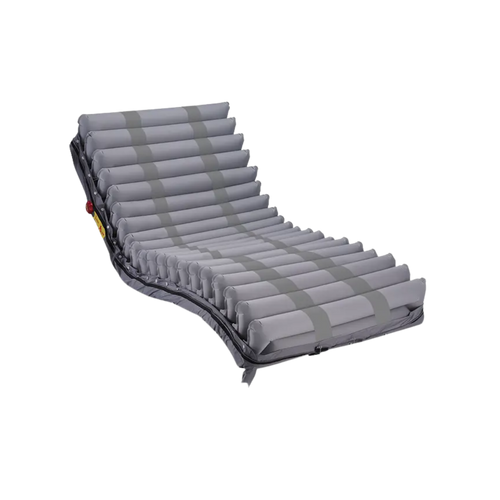


Benefits of Alternating Pressure Air Mattresses in Patient Care
Alternating pressure mattresses offer multiple therapeutic and preventative advantages that justify their widespread use in hospital and care settings.
1. Pressure Redistribution
By cyclically adjusting pressure points, these mattresses reduce extended load on the skin and underlying tissues. This is key in preventing the development of Stage 1–4 pressure injuries.
2. Enhanced Circulation
Alternating inflation aids in restoring capillary blood flow, ensuring oxygen and nutrients reach areas at risk of skin breakdown.
3. Moisture and Heat Control
Models with low air loss technology allow airflow across the skin, reducing sweat and moisture build-up. This microclimate regulation is critical for individuals prone to incontinence or excessive sweating.
4. Pain Management
The gentle shifting of pressure zones reduces discomfort, particularly in bony areas. Many patients report improved sleep quality and reduced reliance on pain medication.
5. Clinical Versatility
They suit patients across a wide spectrum of needs—from post-operative recovery to long-term palliative care. Many units are compatible with standard hospital bed frames, offering clinical convenience.
Key Features to Look for in Hospital Bed Air Mattresses
Choosing the right air pressure mattress for hospital bed use involves balancing features with the patient’s clinical condition. Here’s what to look for:
✅ Support Surface Design
Choose between overlay (placed on top of existing mattress) and replacement mattresses (full mattress units). Replacement systems generally offer better pressure redistribution.
✅ Weight Capacity
Ensure the mattress supports the patient’s weight. Some mattresses accommodate bariatric needs, up to 200–250 kg.
✅ Pressure Settings & Cycles
Look for variable cycle times (usually 10–20 minutes) and pressure adjustments for custom care.
✅ Safety Features
Many models include:
- CPR deflation valves
- Transport mode for power-off periods
- Audible alarms for low pressure or power loss
✅ Material & Hygiene
Opt for waterproof, antimicrobial covers that can be removed and machine-washed. Vapour-permeable surfaces help the skin breathe while repelling fluids.
Conclusion
An alternating air mattress for hospital bed use offers both preventative and therapeutic benefits in pressure care. For patients who are immobile or at risk of developing pressure ulcers, these mattresses provide critical relief by cyclically adjusting contact pressure zones and maintaining a dry skin environment through low air loss features.
From basic models to advanced systems with adjustable cycles and clinical alarms, hospital bed air mattresses are now an essential component of safe, comfortable, and dignified care.
Choosing the right model should be based on individual needs, available features, and consultation with healthcare providers.
Looking to prevent pressure sores and support patient comfort?
Discover our range of alternating pressure air mattresses for hospital beds including options with low air loss for moisture control and advanced support systems.
📞 Call 1300 615 193 or order online at our website.
Hospital alternating air mattresses are advanced pressure care surfaces designed to reduce the risk of pressure injuries for patients with limited mobility. Using alternating air pressure and optional low air loss technology, these mattresses continuously redistribute pressure, improve circulation, and help maintain a cool, dry skin environment. They are widely used in hospitals, aged care facilities, and home care settings where long-term bed rest is required.
This collection focuses on clinically trusted alternating air mattress systems suitable for standard hospital beds and high-risk patient care.
What this collection includes:
• Hospital alternating air mattress replacement systems
• Alternating pressure air mattresses for hospital beds
• Low air loss hospital bed air mattresses
• Bariatric alternating air mattress options
• Digital pump systems with adjustable pressure cycles
• Waterproof, antimicrobial mattress covers for hygiene
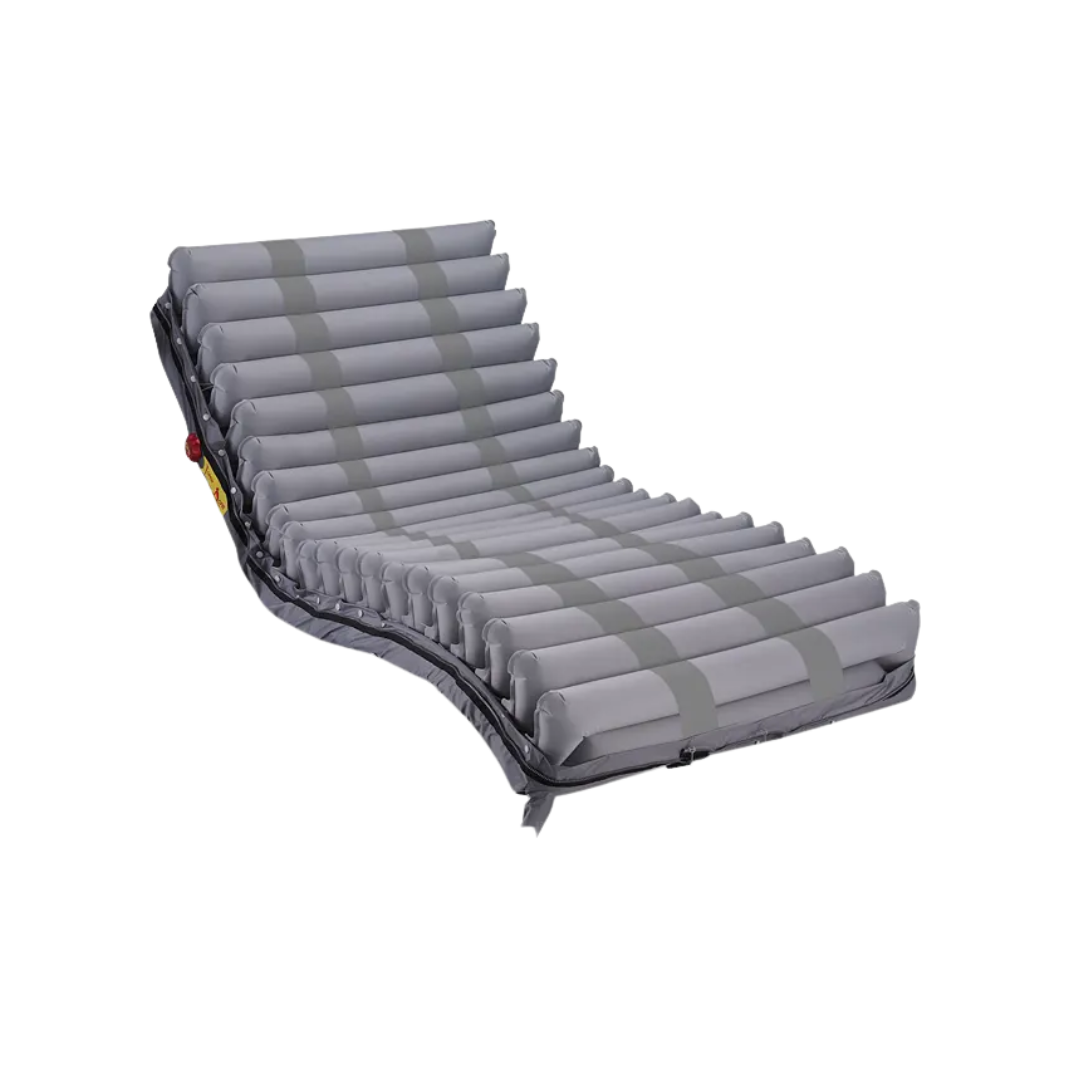
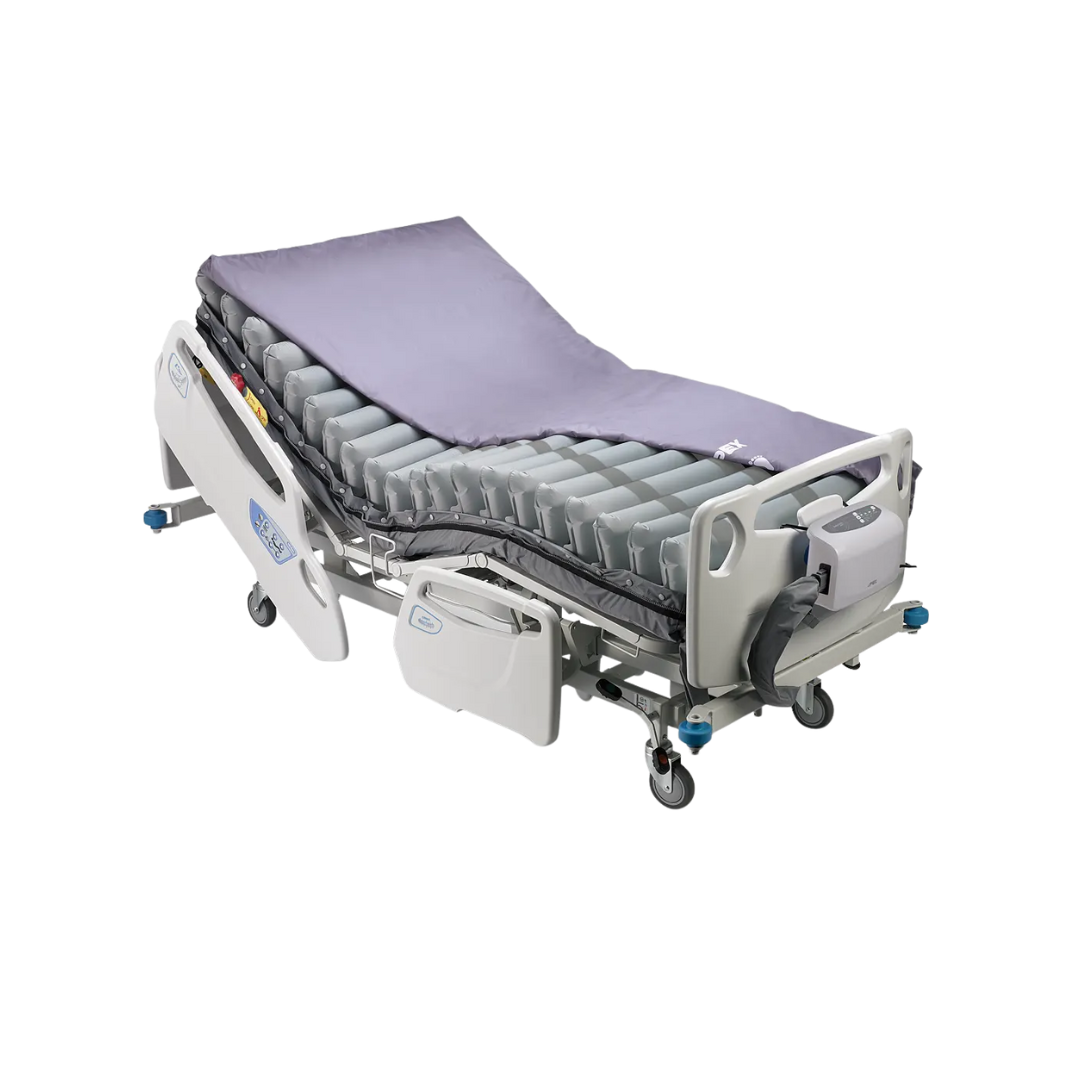
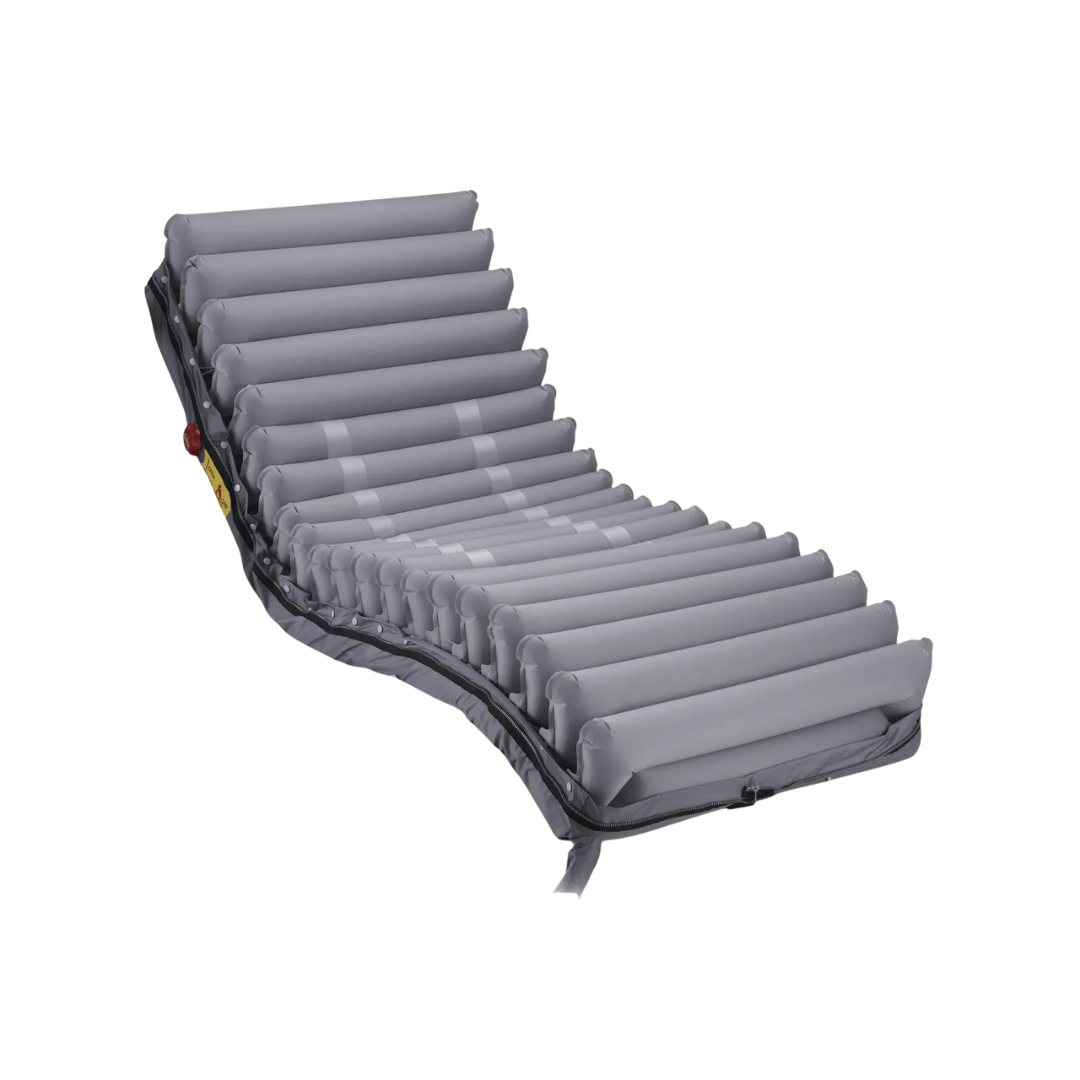
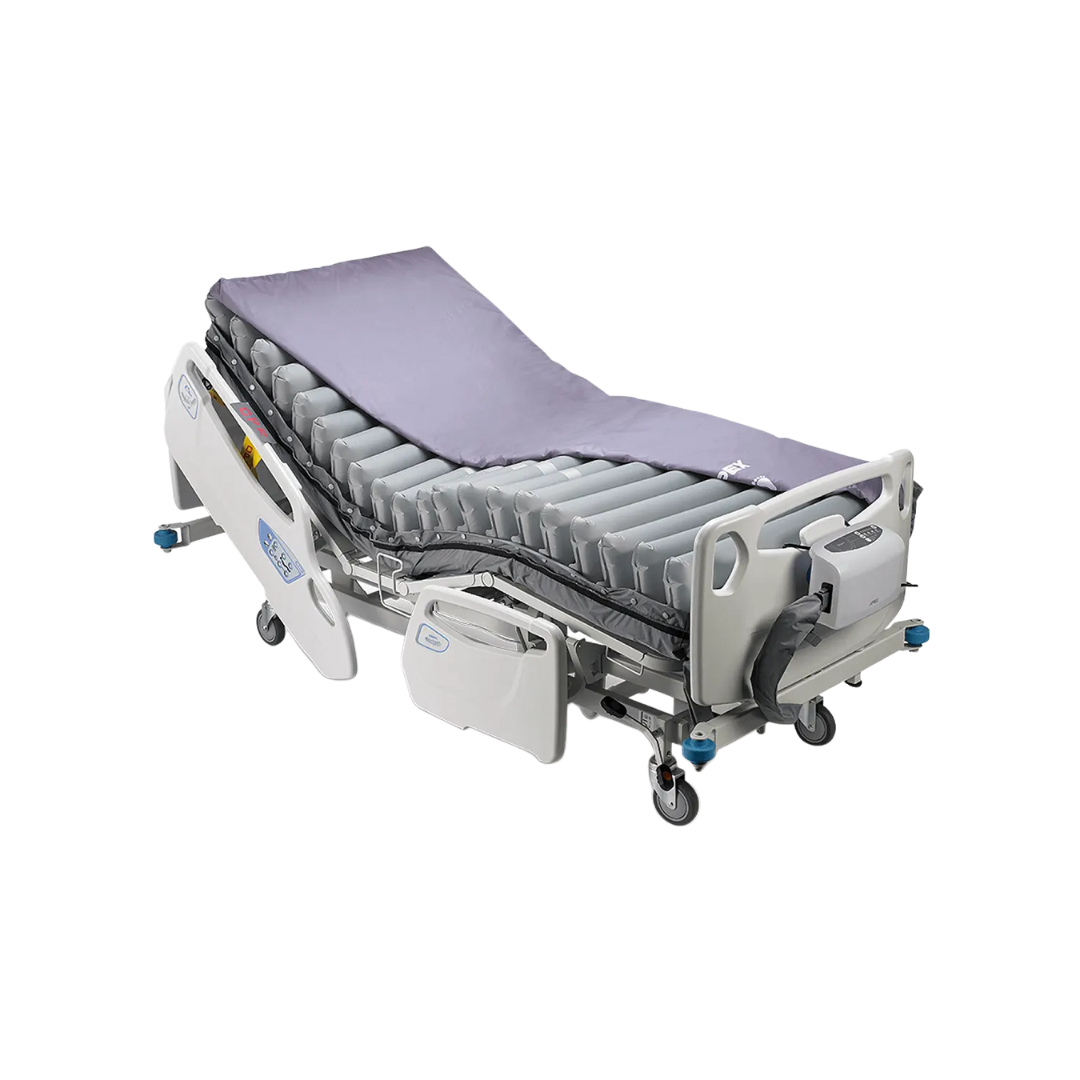

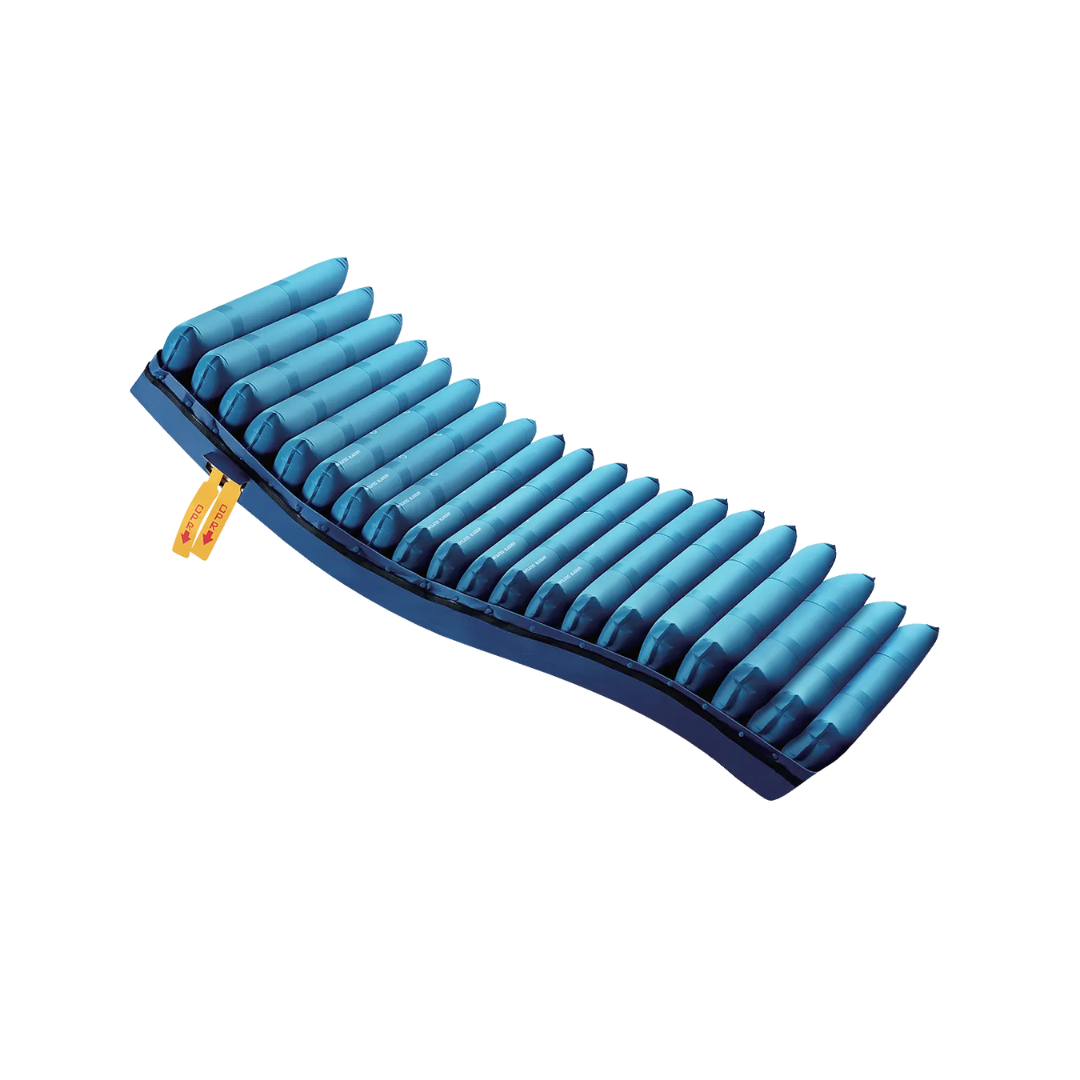
Recently viewed
FAQs
A hospital alternating air mattress helps prevent and manage pressure injuries by automatically redistributing pressure for patients who spend long periods in bed.
These mattresses are recommended for immobile, post-surgical, elderly, or high-risk patients, including those in hospitals, aged care, or palliative care.
Foam mattresses are static and require frequent repositioning, while alternating air mattresses actively shift pressure using air cells to reduce skin breakdown.
Low air loss models provide added airflow to reduce moisture and heat, making them ideal for patients with incontinence, sweating, or existing pressure ulcers.
